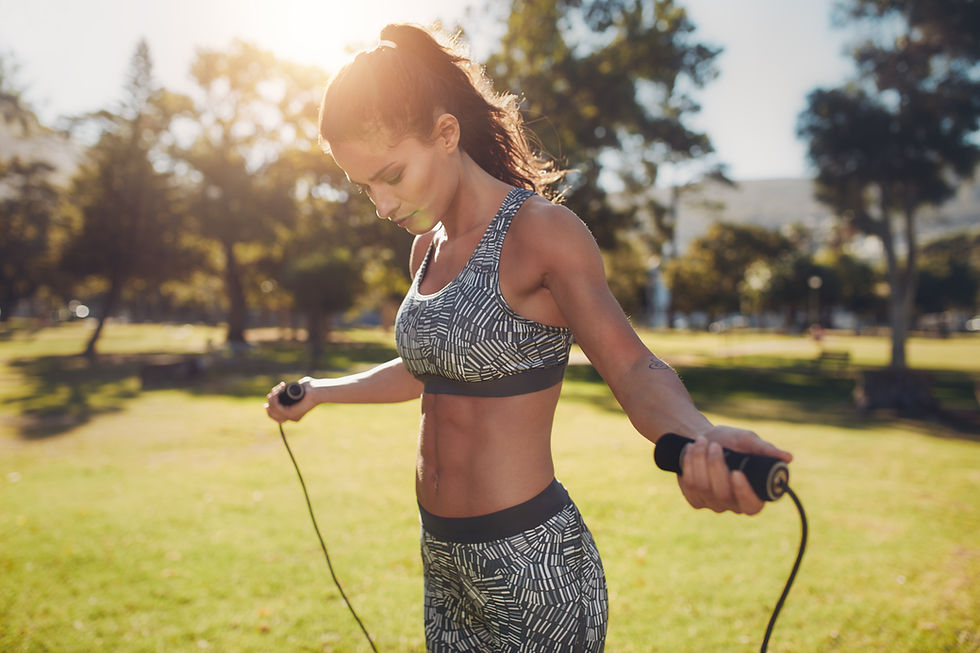Exercising outdoors is an excellent way to enjoy fresh air, soak up sunlight, and stay active, especially during the summer months. However, for athletes that suffer from allergies, being outdoors exposed to pollen and breathing in heavily, an anticipated run may have to be postponed.

“There are many runners, cyclists, hikers and outdoor exercise enthusiasts who have to give up being outdoors due to allergies,” comments Bronwyn Ragavan, brand manager for Karvol. She continues by saying that many athletes, even though they suffer from allergies, might brave the pollen count to get their daily exercise in, but by doing so it can leave them feeling congested, fatigued and sneezy both during and after their run.

Allergies while working out outdoors can trigger symptoms including:
Sneezing and nasal congestion
Runny nose and itchy, watery eyes
Coughing and sore throat
Shortness of breath or wheezing (especially for those with allergic asthma)
Skin irritation, such as rashes or itching
“Many would say that the simple solution would be to hit the gym and avoid the outdoors all together, but this hardly seems fair,” says Ragavan. With a little determination and forward planning, having allergies and wanting to exercise outdoors shouldn’t be a problem. Using a decongestant before and after exercising can help keep athletes from feeling blocked up. Karvol is a natural decongestant that can be used before, during and after your workout. Before and after your run, simply empty a capsule into hot water and breathe in the steam to help clear the nasal passages. If you find your symptoms start acting up while exercising, add a few drops onto a handkerchief that you can take with you and inhale when needed.
If you are an exercise enthusiast the following tips can help you manage and prevent allergic symptoms while outdoors:
Check the pollen forecast: Many weather websites and apps offer pollen forecasts for different areas. On days when pollen counts are high, consider exercising indoors or going outside at times when the count is typically lower, such as early morning or late evening. This also a great time to avoid pollution in heavily polluted areas.
Choose the right location: Avoid exercising near busy roads to reduce exposure to vehicle exhaust. Parks with a variety of tree and plant species may have lower levels of specific allergens than areas dominated by grasses or flowering trees.
Wear sunglasses and a hat: Sunglasses can help prevent pollen from getting into your eyes, while a hat can help reduce the amount of pollen landing in your hair and subsequently reaching your eyes or nose.
Practice good hygiene after exercising: Rinse your face and hands immediately after an outdoor workout, or even consider a full shower if you’re especially sensitive to pollen. Washing off any pollen on your skin and hair can reduce lingering symptoms once you're back indoors.
Consider a face mask: An allergy-specific mask that is both comfortable for exercise and effective at filtering out particles can help filter out airborne allergens, making breathing easier and reducing the amount of pollen or pollution you inhale.
Take medication proactively: For those with moderate to severe allergies, taking an antihistamine or using a nasal spray before outdoor exercise can help block histamine release and prevent allergic reactions.
Choosing the right exercises for allergy season: If pollen and pollution levels are particularly high but you’re determined to exercise outdoors, consider activities that don’t require rapid, deep breathing. Brisk walking, yoga, or low-intensity strength training might trigger fewer symptoms than running or high-intensity cardio.
Exercising outdoors offers numerous physical and mental health benefits, but for those with allergies, it requires a bit of planning. Embracing protective strategies, like checking pollen counts, wearing a mask, or showering post-workout, can make a world of difference for allergy-prone exercisers, helping them stay active and healthy in every season.


Comments